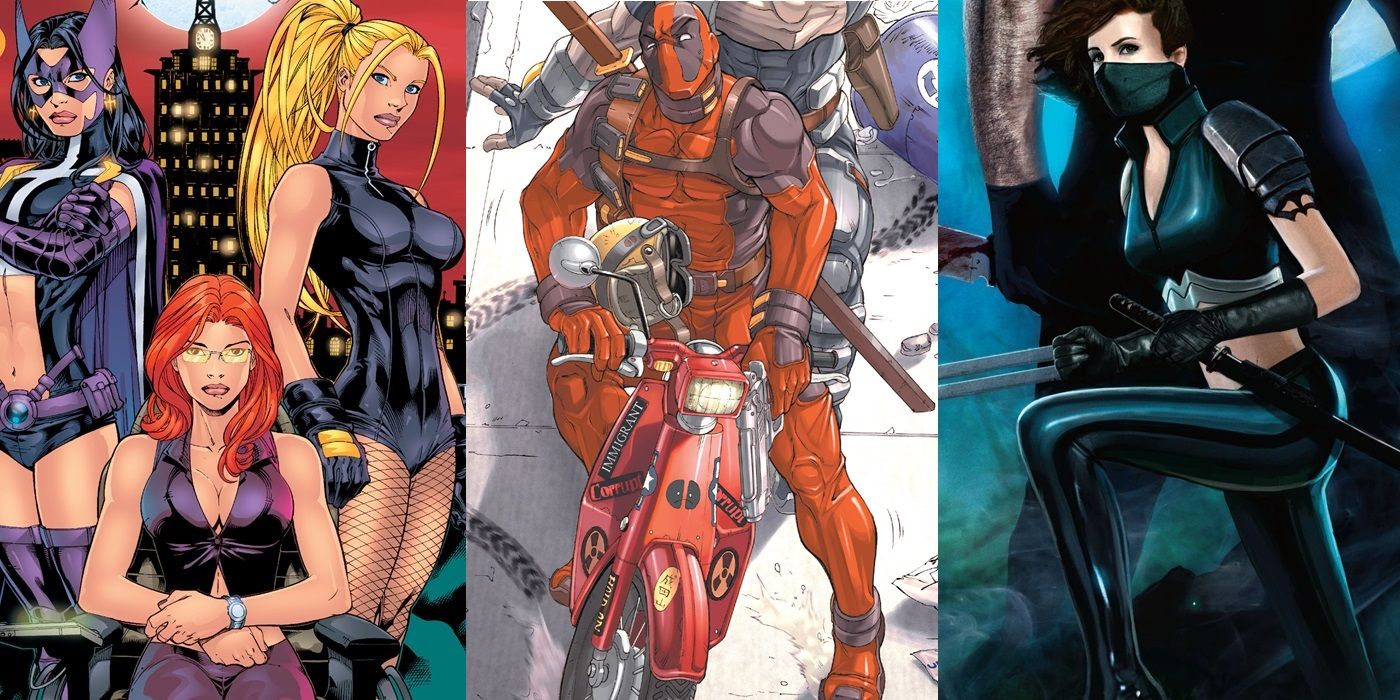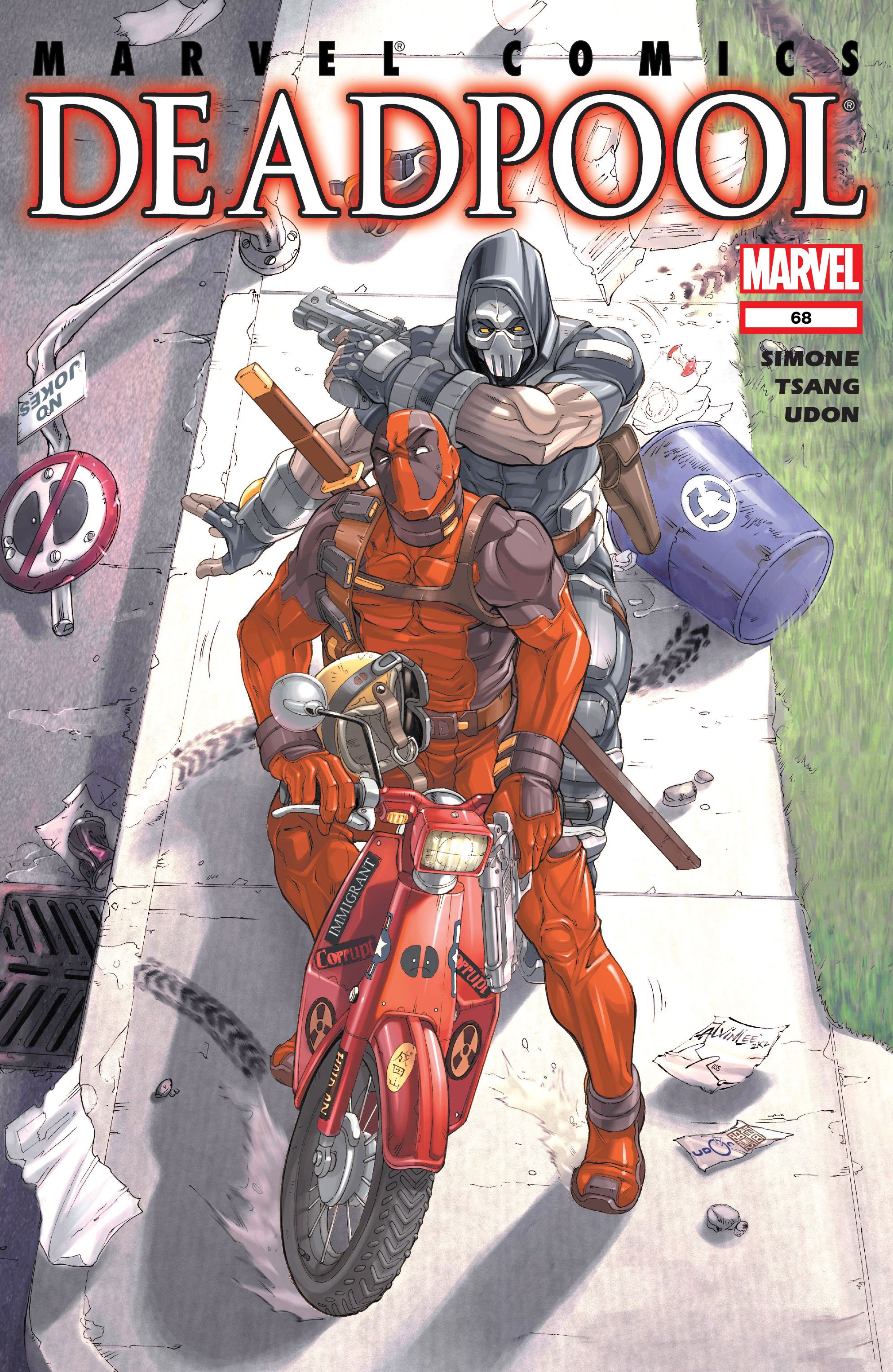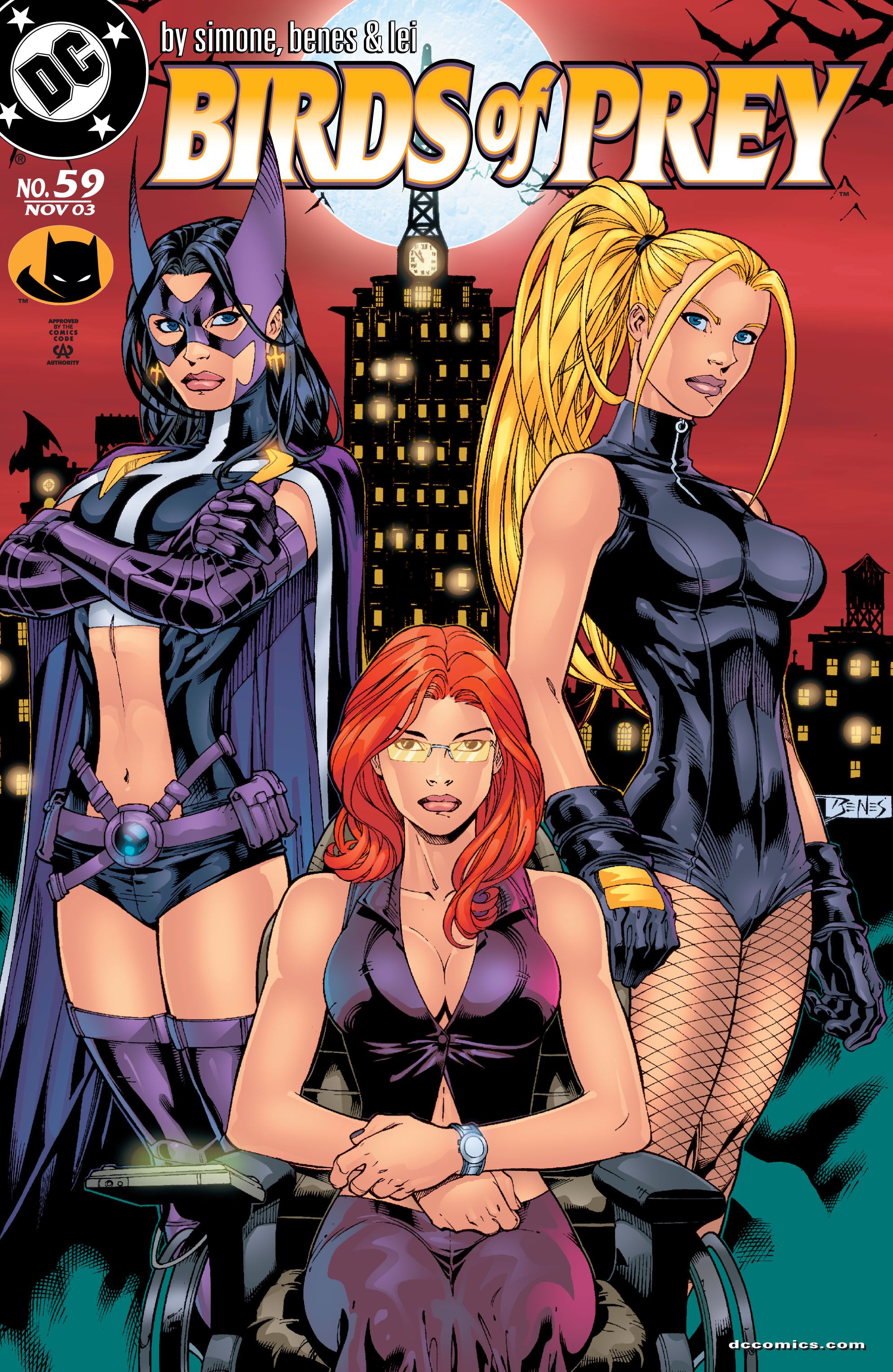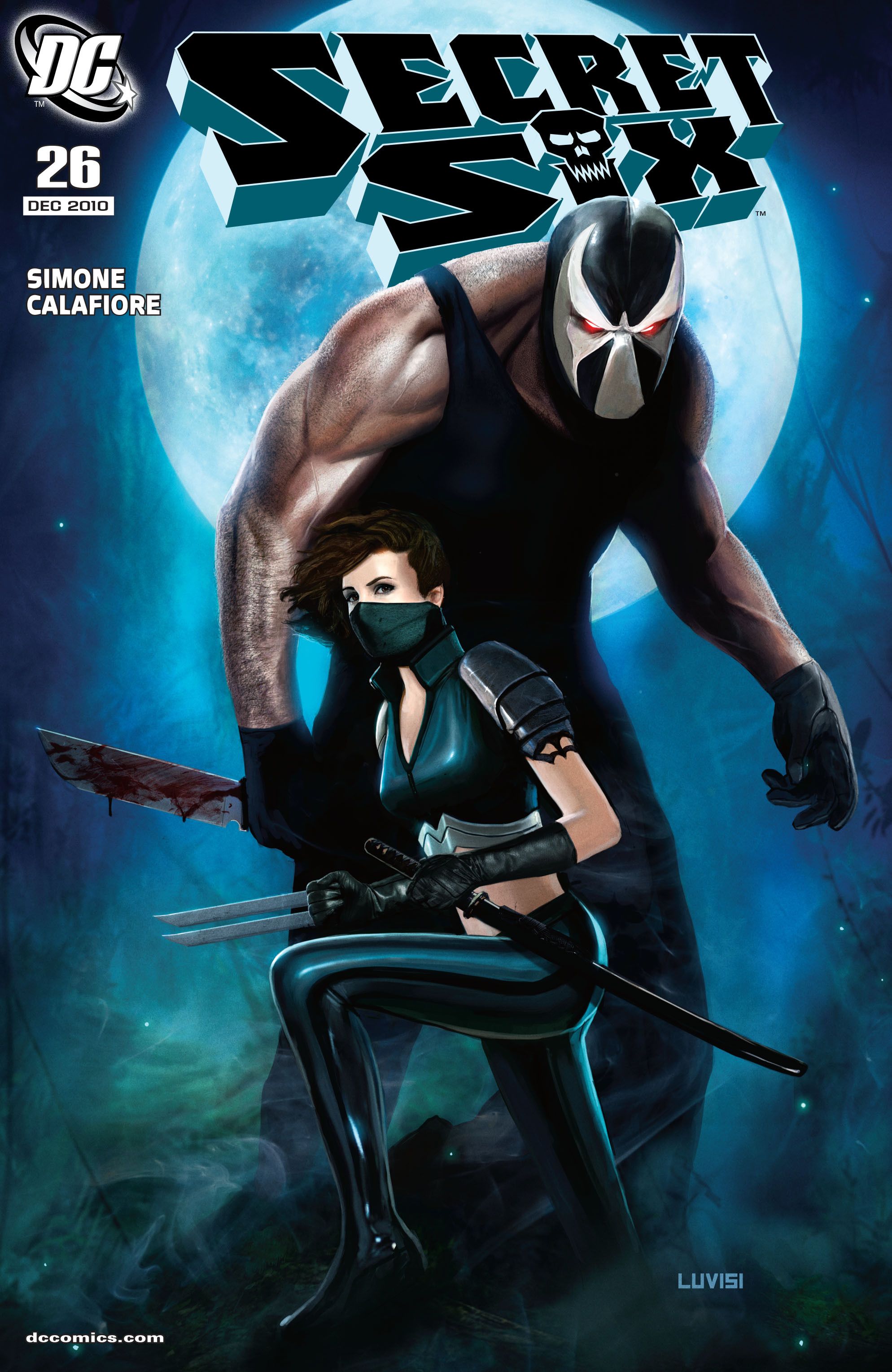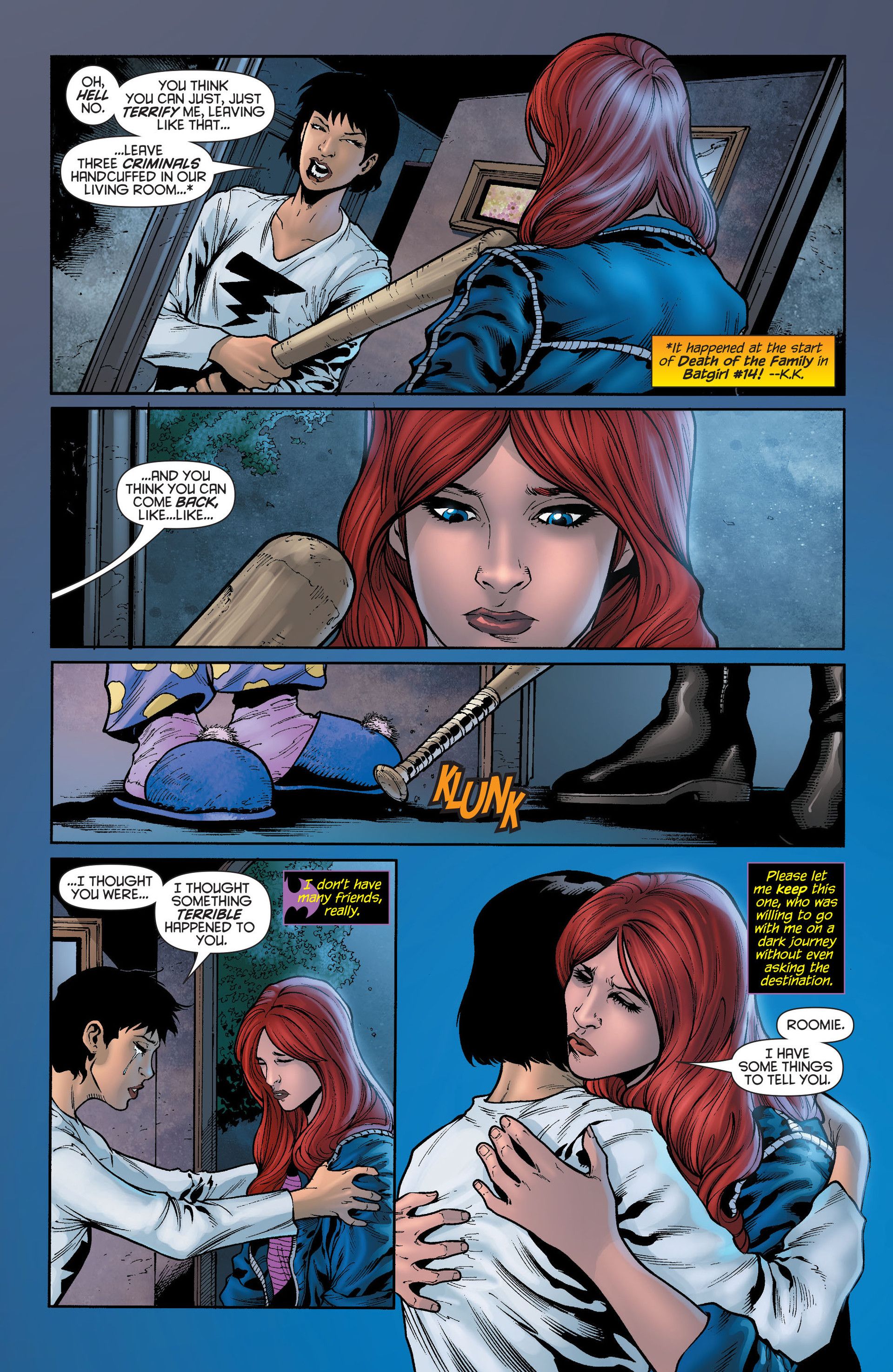Summary
- Gail Simone coined the term "Women in refrigerators," highlighting the mistreatment of female characters in comics for the sake of male character development.
- Simone's influential run on Deadpool brought back the comedic elements of the character, including the iconic Vespa ride.
- By introducing Huntress to Birds of Prey, Simone added depth to the series and expanded Oracle's team with contrasting personalities.
In the latest Drawing Crazy Patterns, where we spotlight five recurring themes in comics, we examine five ways that Gail Simone has had a notable impact on the world of comics.
There's always a curious debate that goes on whenever you see something particularly outrageous, which is whether it makes more sense to ignore it rather than to give it more attention than is due by pointing it out. The idea of whether it makes sense to "reward" someone with the attention they are clearly seeking with said outrageous behavior.
I really don't know the correct answer, but at the very least, if someone is trying to invent some outsized negative impact that Gail Simone has had on the world of comics, I figured it would make sense to instead highlight the impact that Gail Simone has ACTUALLY had on the world of comics, and to explain how that influence has been very much a positive one. So here are five ways that Gail Simone has actually impacted the world of comics.
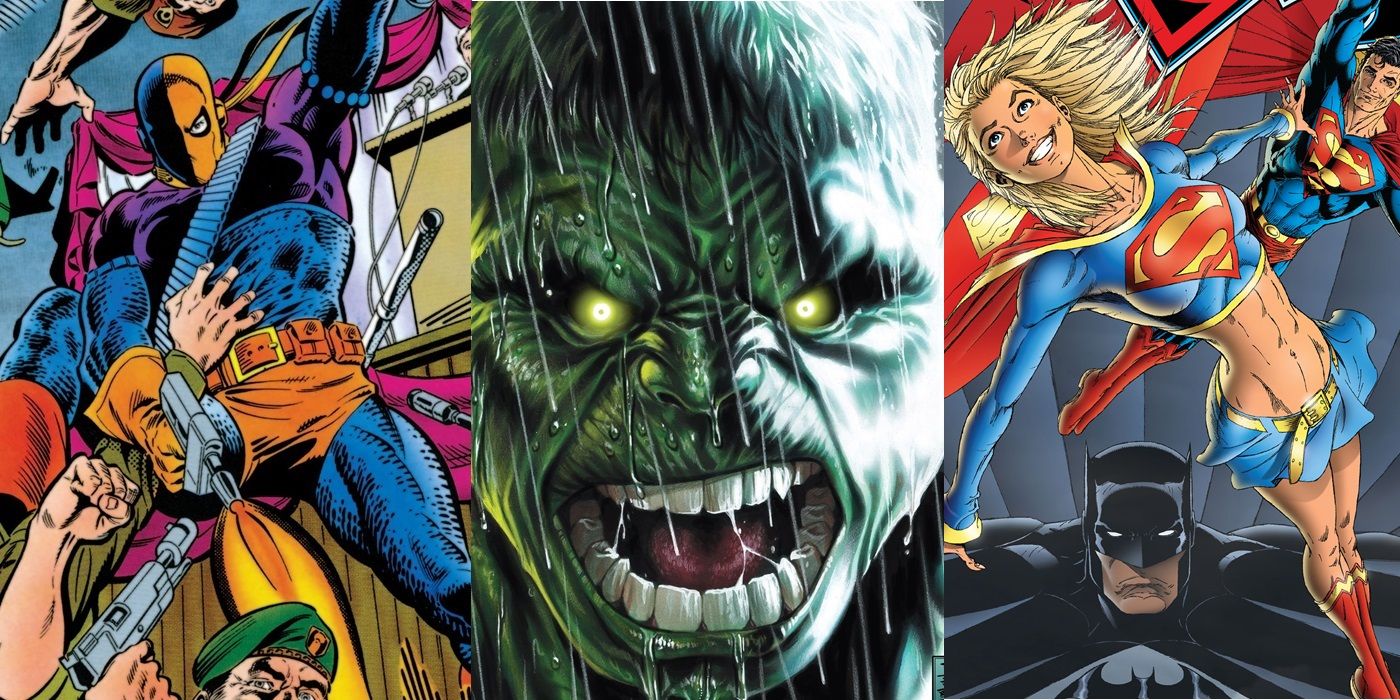
Five Characters Who Were Given 'Backdoor Pilot' Spinoff Comic Book Stories
Discover five comic book characters who were spun off of established comic book series via "backdoor pilot" storiesCoining the term "Women in refrigerators"
I don't think you can quite understand just how hard it is to get a term or a concept just outright adopted into the public consciousness, but Gail Simone's "Women in refrigerators" is one of those rare concepts that was adopted almost immediately, and this was before Simone was even a comic book writer! She was just a comic book fan who so cogently noted that comic books tended to be harder on female characters than male characters, since the male characters were often the lead characters, and so the characters who got brutalized for the sake of motivating the male characters tended to be female. As Simone noted, "if you demolish most of the characters girls like, then girls won't read comics. That's it!"
Over the years, the term "Women in refrigerators" (which is a reference to Green Lantern, Kyle Rayner, discovering the body of his girlfriend stuffed into their refrigerator by Major Force) has generally evolved past Gail's initial sharp observation of the disproportionate treatment of female characters and into a slightly different (but related) concept of a female character being killed or brutalized for the specific purpose of eliciting a reaction from a male character. I've discussed the way that I use the term before, and that's generally how it is used now, in areas way past just the world of comic books, THAT's how significant a concept it was by Simone!
Writing an influential run on Deadpool
Created by Rob Liefeld and handled early on by Liefeld and Fabian Nicieza, Deadpool went through a number of different versions since Liefeld's initial concept of basically "evil Spider-Man," and it was writer Joe Kelly who really leaned into the comedic elements of the character with his run on Deadpool's first ongoing series in 1997. However, while Kelly introduced a lot of those humorous concepts (like leaning against the fourth wall) it was Christopher Priest who first really adopted a lot of the comedic elements that people associate with Deadpool, like demolishing the fourth wall.
However, the book was never a big seller, and after Priest's run ended, Marvel had the next two writers on the series, Jimmy Palmiotti and Frank Tieri, lean a bit away from the comedic elements of the character, and went a bit darker. So when Gail Simone took over the series as the writer, it was Simone who returned the character back to the world of outright comedy, so her run was very influential (she was later name-checked in Deadpool's second film). Simone had Deadpool riding a Vespa during her run, and that became an iconic part of the character (eventually making it into the film, as well). Sadly, Simone's run was cut short, and she had to reboot the title into Agent X, but that series was fun, as well, and eventually Deadpool returned, so it's all good.
Bringing Huntress to the Birds of Prey
Gail Simone quickly made a big impact at DC when she began writing Birds of Prey with 2003's #56. Up until that point in the series, the book was a duo, just Black Canary and Oracle, but Simone brought in Huntress to the series, and it was a great move, giving Oracle two field operatives, and with two such contrasting personalities that it just upped the character aspects of the series, as well.
Huntress has become a major part of the Birds of Prey in various adaptations of the series, and it was all from that initial Simone run on the book with artist Ed Benes.
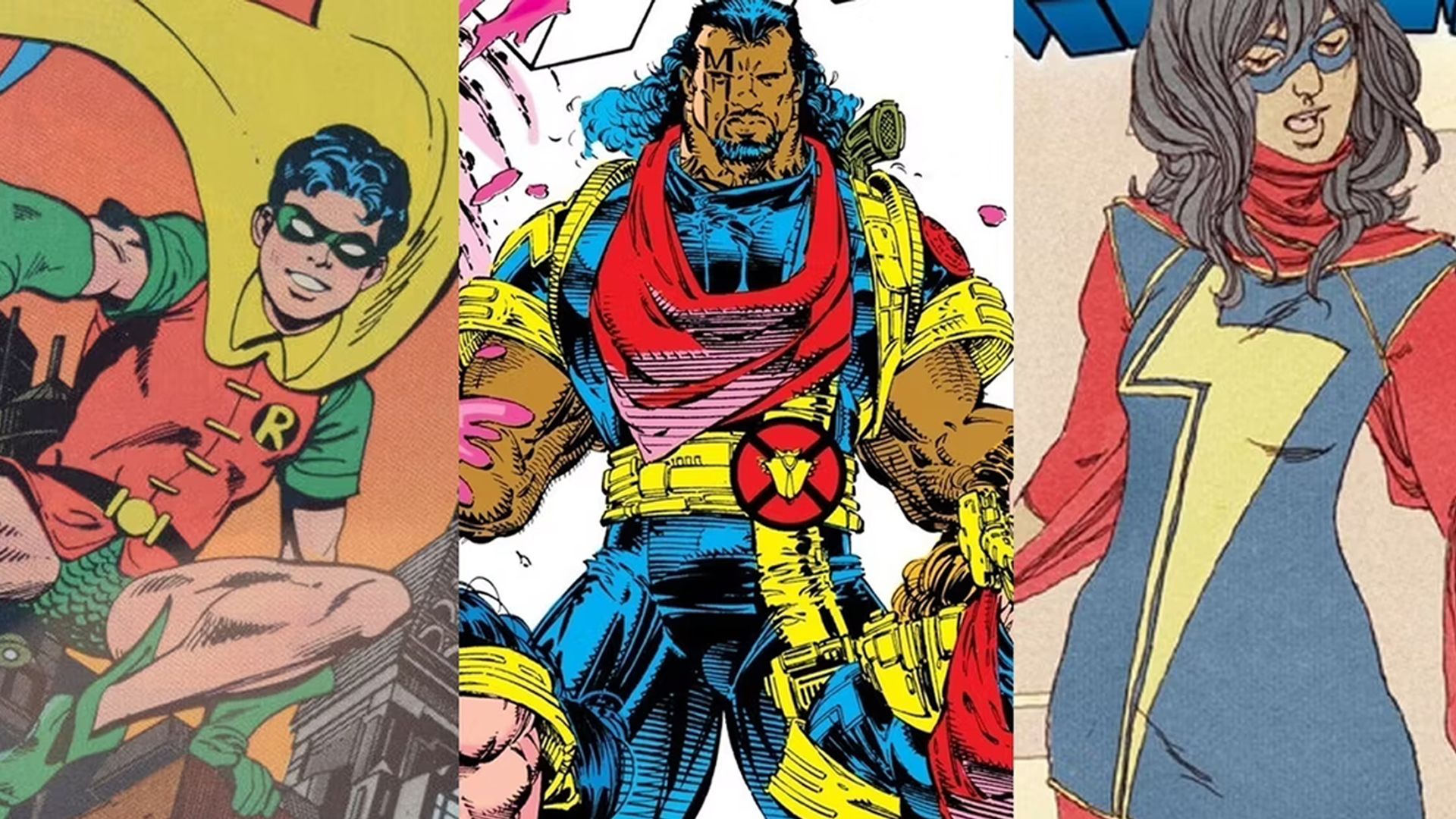
Five Comic Book Cameo Appearances Inexplicably Deemed First Appearances
Discover five cameo appearances by famous comic book characters that are inexplicably considered 'first appearances'Introducing Scandal Savage
Gail Simone's work on Villains United, which led into the series, Secret Six, about a group of villains who sort of become a team of anti-heroes, was major for a number of the characters that Simone revamped during their stint on the team. Perhaps the most famous example of these revamps was Catman, who was a bit of a joke of a character by the time Simone revamped him for Secret Six. Simone's Bane was also really well done, and her take on King Shark was highly influential for the character being part of the New 52 Suicide Squad, which, in turn, led to King Shark being a big part of James Gunn's Suicide Squad, as well.
However, I think the largest impact Simone had on the series was the introduction of Vandal Savage's daughter, Scandal Savage. Other writers had done stuff with the concept of Savage having kids (as, of course an immortal would have a lot of kids). Christopher Priest, in particular, did some interesting things with Savage's children in Justice League Task Force, but Simone went a step further with the introduction of Scandal Savage, a complex figure who took the reins of the Secret Six.
Savage was also a lesbian, dating her fellow Secret Six member, Knockout. The early 2000s were still a relatively sparse period for LGBTQ+ characters, and Savage was a major one, who has been adapted into the Arrowverse, as well.
Introducing Alysia Yeoh in the pages of Batgirl
When the New 52 happened, Gail Simone launched the Batgirl title, with Barbara Gordon's spine now being healed enough that she can become a superhero again. Simone has Barbara Gordon move in with a roommate, a new character named Alysia Yeoh.
Barbara and Alysia become close (especially when Alysia started to date Barbara's brother, James Jr., which is awkward since James is a killer), and eventually Alysia revealed that she was trans. Alysia has been a regular supporting member for Batgirl ever since, and was even going to be part of the Batgirl movie that Warner Bros. sadly shelved.
As you can see, Simone has had a varied career (and this is only a sampling of the impact she has had), and she is an important POSITIVE part of the comic book world.
Remember, everyone, that these lists are inherently not exhaustive. They are a list of five examples (occasionally I'll be nice and toss in a sixth). So no instance is "missing" if it is not listed. It's just not one of the five examples that I chose. If anyone has suggestions for a future Drawing Crazy Patterns, drop me a line at brianc@cbr.com!

